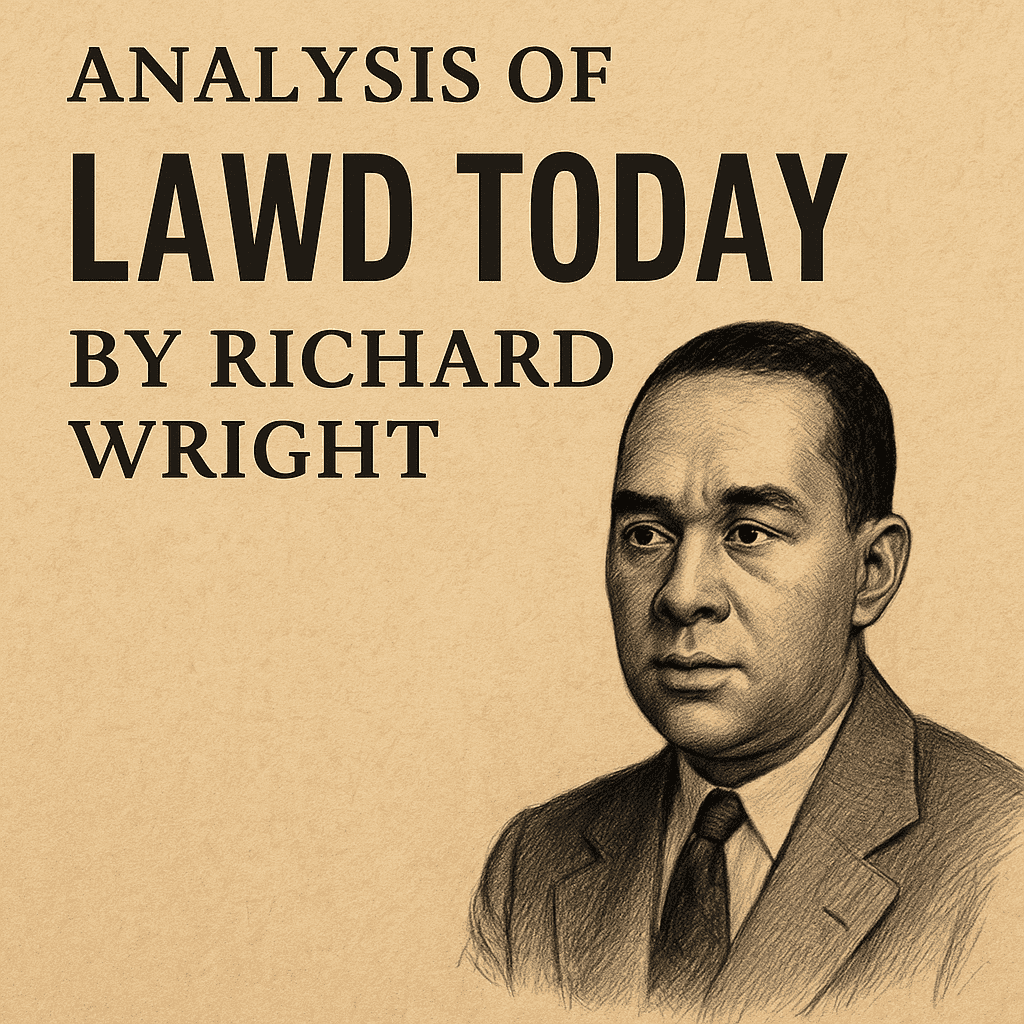📢 Follow our WhatsApp Channel for the latest literary updates!
Overview
The Bone People is a critically acclaimed novel by Keri Hulme. It is a work of psychological realism. The story takes place in New Zealand during the 1970s. The novel, which was first published in 1984, won the Booker Prize in 1985.
Plot Summary of The Bone People
Although the action of The Bone People is roughly chronological, the fact that it is related through the thoughts, memories, dreams, and associations of the three central characters results in a dual progression. Each character is moving forward through the months of association with the others; at the same time, each character is recapitulating his earlier life and reinterpreting it while he interprets the responses and the revelations of the other two.
At the beginning of the story, Kerewin Holmes, the protagonist, is defiantly alone in the “Tower,” a home which she has built and where she lives and paints. She has cut herself off from her large, loving, bossy family, and she has resigned herself to a celibate life, recognizing her peculiar distaste for any physical contact.
Into her solitude comes Simon P. Gillayley, a mysterious young boy who was washed ashore, without identification and without the power of speech, several years before and who has been informally adopted by Joseph N. Gillayley, whose own wife and child died shortly after Simon’s appearance. Because he is mute and terrified, Simon, too, is alone. His thefts and acts of vandalism have made him an outcast in the community, and Joe Gillayley’s fits of drunken abuse keep Simon off balance, even though the boy refuses to admit that his beloved foster father has ever harmed him.
As the story proceeds, Kerewin Holmes comes to love both Simon and Joe. What begins as a casual contact, Simon’s invasion of the Tower and Joe’s subsequent call to apologize, continues as a series of visits and dinners at one home or the other. Yet the seeming intimacy masks a polite and guarded relationship, in which each character guards his own secrets. Even though his cousin James Piripi Tainui warns Joe that he must admit his flaws to Kerewin, Joe cannot bring himself to confess that he is periodically driven to beat the son whom he truly loves. Because Simon does not wish Kerewin to know that he is “bad,” he conceals from her the fact that he is being abused. Perhaps the greatest reticence, however, is Kerewin’s. Loving the things she owns, her jewelry, her knife, her Tower, she cannot love people, for fear that they will become a part of her. After she sees Simon’s scarred body, Kerewin is torn between her sense of duty and her fear of involvement in the lives of others. Her first real step out of solitude comes when she asks Joe and Simon to go on a beach vacation with her. Although she has convinced herself that she wishes to observe them, in order to be certain about the child abuse, actually Kerewin has permitted her life and her emotions to be affected by others.
During the remainder of the novel, the three characters come to understand one another and themselves. Discovering that Joe was himself abused and felt himself abandoned, Kerewin realizes that Joe is not a monster. When she beats Joe, she realizes that she herself is capable of violence, and when he forgives her, she sees his capacity for love. Finally, when Kerewin runs away rather than help Joe remove a fish hook from Simon’s thumb, she must admit her own weaknesses.
In the final section of The Bone People, Kerewin breaks off her relationship with the two Gillayleys because, as she says, they are “sucking me dry, it feels like. Emotional vampires, slurping all the juice from my home.” As a result, both Simon and Joe explode, and Kerewin is forced to admit that she can no longer sequester herself in her Tower. In the epilogue to the novel, Kerewin, Joe, and Simon form a family and celebrate the union at a great party in their new home, attended by their friends, Joe’s family, and even Kerewin’s family, to whom she is now reconciled.
Characterisation in The Bone People
Summation:
Kerewin Holmes is the protagonist of the novel. She is a part-Maori woman and a painter.
Joseph “Joe” N. Gillayley is a part-Maori factory worker.
Simon P. Gillayley is a young boy and the foster child of Joseph Gillayley.
James Piripi “Piri” Tainui is Joseph Gillayley’s cousin.
Because The Bone People is narrated through the consciousnesses of the three major characters, the reader comes to be far clearer about their motivations than he may be about the events which they recall in fragmentary fashion. The central character, Kerewin Holmes, perceives herself as someone who knows what she wants: solitude, independence, and celibacy. Her Tower is a fortress. The things she possesses are important; people are not. It is significant that she could cut off relations with her family but had to bear away an ancestral coffee mill, to which she now talks. Her first response to Simon is distaste; her first impulse, to send him back into the rain from which he came. Clearly, however, she does not know herself as well as she thought. When she discovers that he has a splinter in his foot, she must help him, and from that time onward, first Simon’s helplessness and insistent love and then Joe’s hurt make it impossible for her to be the person she had thought herself to be.
Simon’s own fearful nature and delinquent reactions are related not only to his terrifying, drugged infancy but also to Joe’s present alternation of affection and abuse, which have convinced Simon that he himself is evil. When he attacks Joe during the final beating, which almost costs Simon his life, the boy is asserting his own refusal to accept the responsibility for Joe’s actions and thus stating a new independence.
The most complex character in The Bone People is probably Joe, the child abuser, who reveals himself to Kerewin much more fully than she ever reveals herself to him. Although the revolting nature of his actions would seem to make him a totally unsympathetic character, whatever his own abused and abandoned childhood may have been and however deeply the loss of his wife and child may have hurt him, it is clear that Joe does give Simon love. Unfortunately, Simon’s own behaviour gives Joe an excuse to beat him, in the guise of disciplining him. Fearful of his own sexual feelings, Joe is more likely to strike the child than to stroke him. Yet like the most sympathetic parent, Joe worries about Simon’s nightmares, devotes sleepless nights to comforting him, and responds with sensitivity to the unexpected terrors which evidently arise from Simon’s unknown past experience. Joe’s mistreatment of Simon is not the sadistic display of power which is so often the motivation of a child abuser. Joe castigates himself both for his actions and for his whole failed life; what, he asks, can he give either Kerewin or Simon? Out of his own dislike of himself comes his violence toward Simon, his other self. It is ironic that only when Kerewin, the confident, finds that she, too, can err cruelly, only when Joe, the self-despising, finds that he can give something to others are the two brought together with Simon, who can forgive them both.
Themes in The Bone People
Summation: The major themes in The Bone People revolve around self-worth, human connection, and the transformative power of redemption.
The Bone People demonstrates that both a sense of individual worth and a selfless commitment to others are essential for a meaningful life. The balance is difficult to achieve, and conditions over which one has no control can make its attainment more difficult. Simon, for example, because of his bizarre infancy with heroin addicts, has never been certain that he is a worthy individual. It is not surprising that he cannot defend himself emotionally against Joe, whose punishments, Simon assumes, must have been merited. Nor is Joe less insecure. Although, unlike Simon, he has a family, he cannot forget his mother’s desertion and his father’s subsequent desertion through death. Wishing to be a priest, a teacher, and a husband, he has succeeded in nothing. Kerewin, who begins confident of her worth but troubled by her difficulty in painting, has rejected all community.
In the traditional religious pattern, all these characters must suffer and be purged before they can emerge cleansed. For Simon, there is an almost instinctive attack on Joe, followed by a descent to near-death and a lengthy rejection of Joe; then, healed in body and spirit, Simon forgives Joe and re¬ turns to him. For Kerewin, there must be the destruction of her tower of isolation and a solitary period of healing—literally, from cancer, but symbolically, from self. For Joe, there must be public admission of his brutality, rejection by Simon, imprisonment, and a charge from the mysterious keeper of a sacred Maori boat, who leaves his trust to Joe, thus giving Joe the mission for which he had always yearned.
Critical Context
The Bone People is significant as a first novel by a part-Maori writer, who utilizes Maori phrases, as well as Maori tribal memories and attitudes, to point out the spiritual deficiencies in the culture that has supplanted the ancient Polynesian traditions. The emphasis on commitment to community is a reflection of the Maori viewpoint. The sicknesses of Simon, deprived of his family, of Joe, rejecting the wisdom of his family, and of Kerewin, altogether repudiating her family, can be cured only by a restoration of community and an establishment of a new family unit.
The publication history of The Bone People reflects the vigor of the Maori tradition. Rejected by numerous publishers, it was finally brought out by a feminist cooperative and later republished in Great Britain by Hodder and Stoughton, winning the Booker Prize in 1985. The novel also received Mobil’s Pegasus Prize and was published in the United States by the Louisiana State University Press. Keri Hulme’s determination to speak for New Zealand’s Polynesians, to voice the wisdom of an ancient culture, to warn arrogant civilization of its loss of the sense of community has thus been justified.
Join Our Social Media Channels:
- WhatsApp: Literature PADI
- Telegram: Literature PADI
- YouTube: @literaturepadi
- Facebook: Literature PADI










